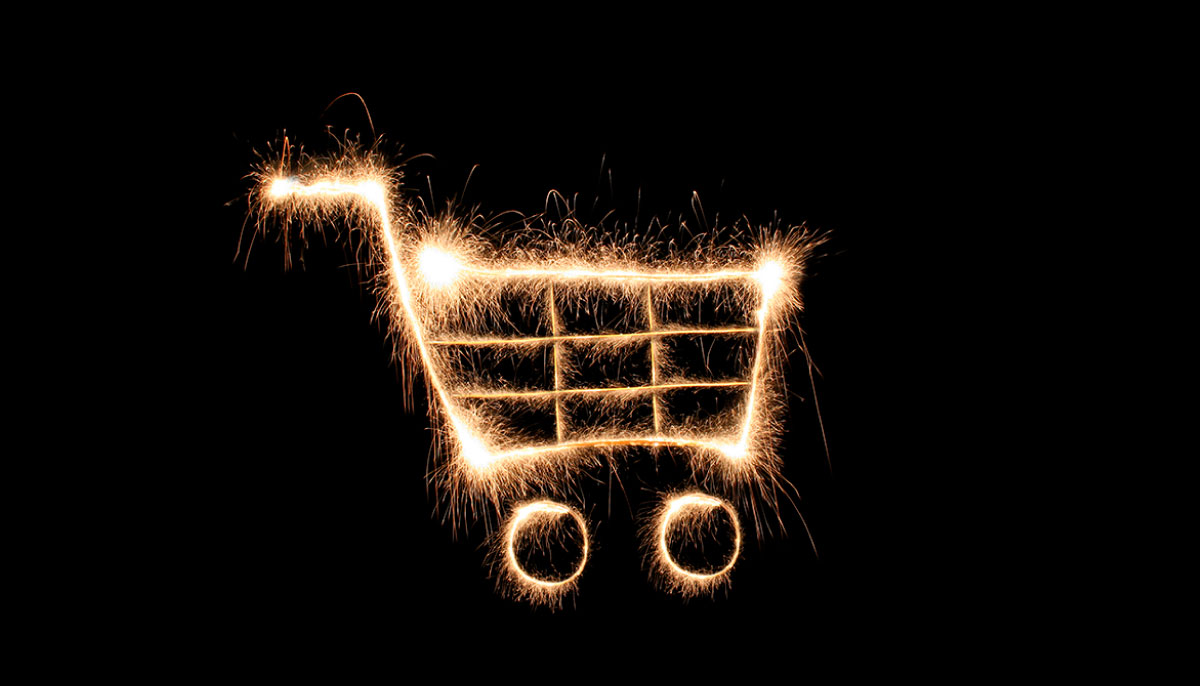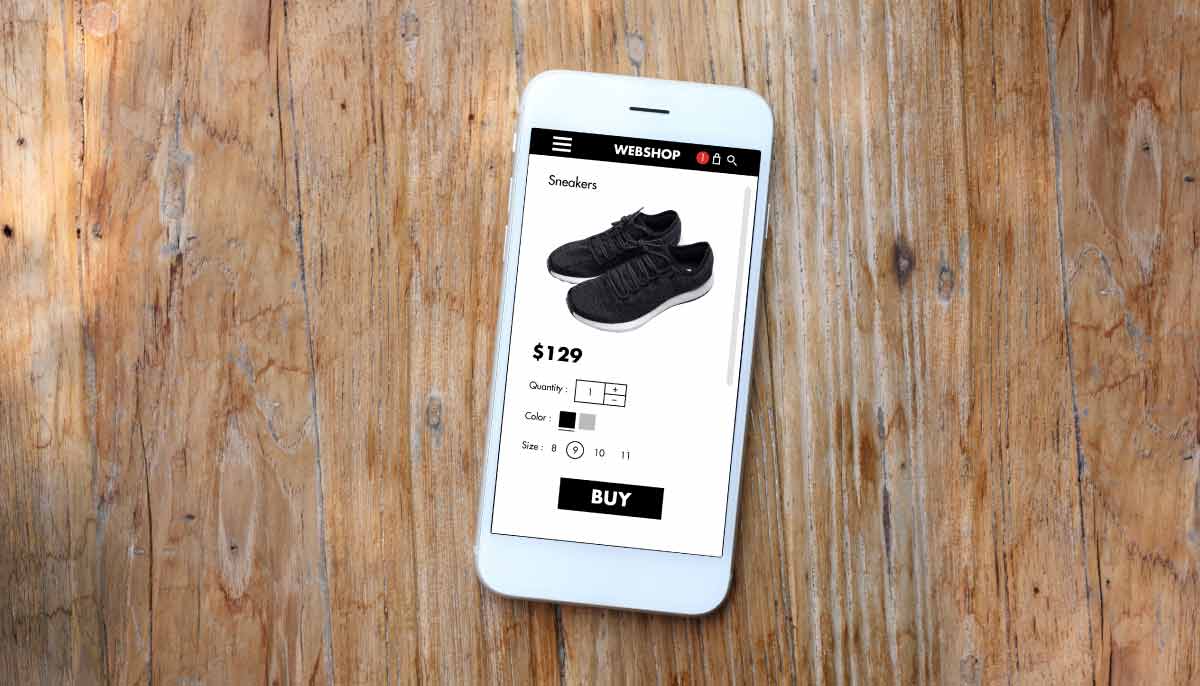
Turning the Page: Why 2022 Signals a New Dawn for Retailers
The last twelve months presented retailers with challenges more grueling than we ever thought possible. Even now, the words ‘lockdown,’ ‘supply chain,’ and ‘shortages’ still send shivers down the spines of retailers and brands nationwide. With 2022 on the horizon, retailers and brands can decide for themselves whether they sink or swim in this new era of ‘digital-first’ retail.
Rising from the ashes of a year fraught with difficulty, the year ahead presents an exciting opportunity for those taking steps to implement the right strategies, ahead of the curve. What is becoming increasingly evident, however, is that amidst this disruption there are wins to be had by those bold enough to take matters into their own hands.
Finding that silver lining after the “perfect storm”
Despite the adversity faced by retailers and brands over the last year, many are now faced with a unique opportunity to re-examine the wants and needs of today’s consumer and respond accordingly.
Learnings from 2020 and the impact of its events on consumers are ripe for the picking if only brands are receptive to them. During lockdown, PFS’ research revealed that 80% of consumers missed at least one aspect of the in-store shopping experience while shopping online. Of these, the most missed facets were the inability to physically touch products (43%), as well as testing certain items (41%) for suitability across variables such as size or color.
Brands must, therefore, begin to challenge the core functions of the physical store to provide the hybrid offering consumers demand. By converting physical locations to places where consumers can try, test, and “experience”, whilst enabling a seamless connection for customers to then place orders online, retailers are more likely to meet these future demands.
Stepping out onto a “greener” terrain
Sustainability rose to the top of the agenda for businesses – and consumers – this year and the topic is set to dominate further. In fact, one of the legacies of 2021 has been the so-called “conscious consumer,” stepping out of the pandemic, increasingly aware of the impact of their shopping habits on the environment around them. Where lockdown allowed consumers to reflect on and re-evaluate their shopping habits, 48% of US and UK consumers reported being more conscious of how their online shopping behavior impacts the environment than before the COVID-19 pandemic. Furthermore, over half (54%) agreed they’d support and shop with brands committed to carbon-reducing delivery options, even if the delivery timescale was longer.
Instead of viewing this shifting mentality as yet another hoop to jump in the year ahead, retailers and brands can look to the silver lining once more, seeing it as another opportunity to lock in loyalty and grow their customer bases. For those who build an eCommerce strategy with this as the foundation, reinforcing their support for customer desires to shop sustainably, this can serve as a competitive advantage. On the other side of the coin, those who snub this growing trend run the risk of falling out of favour with today’s conscious consumer.
Pulling from the eCommerce toolkit
Whether hinged on sustainability or a preference for online vs. offline channels, in 2022, retailers and brands must focus on the driving forces behind customer purchasing decisions – cost, convenience and choice. Flexibility is crucial, so retailers should offer consumers the ability to shop in not just the way they prefer, but the way they feel most comfortable.
Admittedly, this requires brands to equip themselves with a range of different tools. Only then will they be ready to tackle what 2022 has to offer. Some solutions and strategies retailers should consider are as follows:
- Embracing omnichannel: Results from last year’s post-peak season highlight the advantages of hybrid models, as outlined earlier. For example, retailers that invested in omnichannel infrastructure, experience great success. In fact, 67% of retailers who invested in BOPIS capabilities saw an increased sales volume, meanwhile, curbside pick-up led to the next strongest performance with 55% of retailers reporting increased sales.
- Diversifying 2022 fulfillment operations: 2021 saw a chronic shortage of warehouse space in the UK, which threatened to halt the growth of brands without sufficient capacity in this area. For brands grappling with this shortage, temporary fulfillment can offer a more permanent solution. Pop-up distribution centers (pop-up DCs), due to their flexible nature, can be quickly and easily implemented, whilst being a cost-effective option during periods of uncertainty. With this in mind, the next stage of growth for online brands will be based on identifying alternative distribution and fulfillment infrastructures and utilizing them to ensure consumer demands are adequately met.
- Shining the spotlight on customer experience: If any year has highlighted the importance of customer service teams, it’s 2021. Taking inspiration from the myriad of supply chain disruptions experienced this year, investing in customer care must become an integral part of any brand’s 2022 eCommerce strategy. To help, brands should consider integrating their website and order management system, enabling agents to leverage real-time order information, responding quickly to customer queries, advising them on where their order sits within the delivery chain.
Equipped with the above, brands can expect to thrive in the face of future adversities, not just survive. And whilst there’s undoubtedly much more in the pipeline for 2022, it’s crucial that – as well as supporting the present – these strategies are agile enough to stand the test of time.
If 2020 was the year of unprecedented events, then 2021 was the year of the aftermath. Still, if retailers and brands consider the above, this new era of retail represents a new dawn, not just a setting sun on the most challenging year in retail to date.


